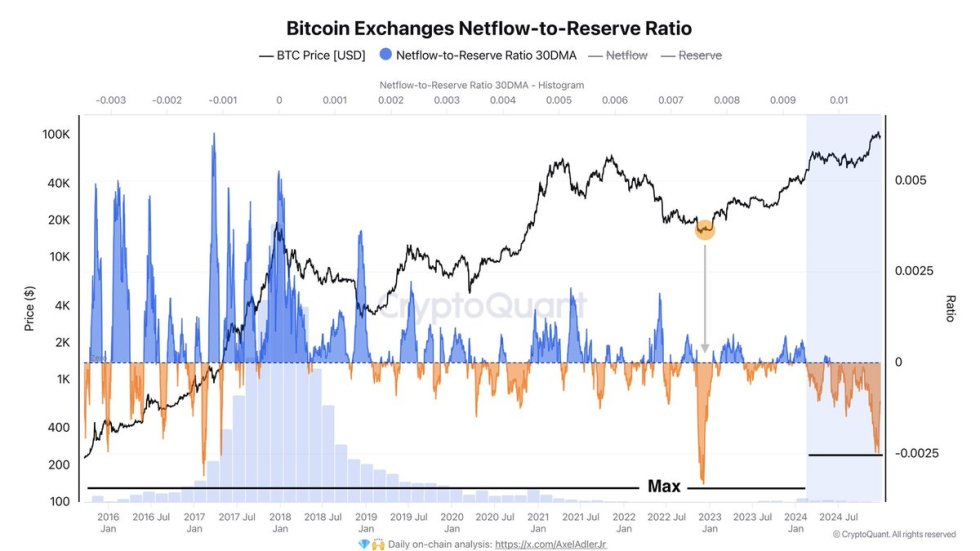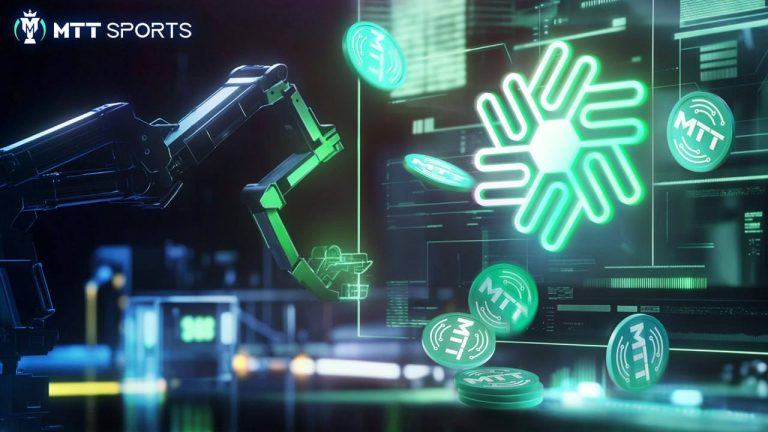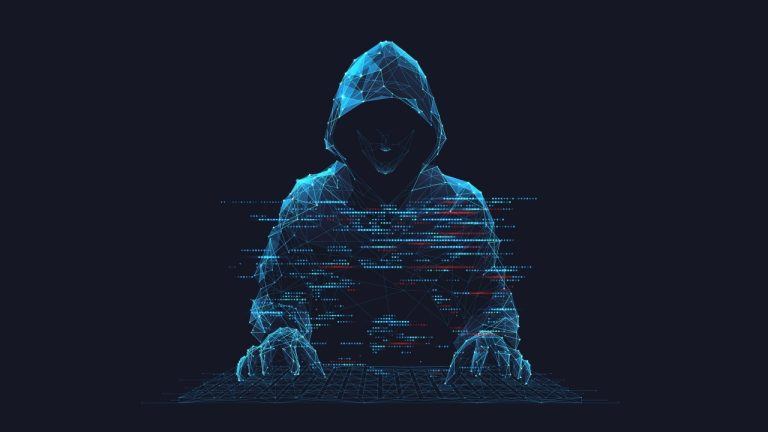Humans have a bad habit. It's that they lie. This problem was a headache that even God could not solve. However, a technology has emerged to solve this problem, at least in part. It emerged from cryptography, of which blockchain emerged based on a technology called electronic signature, and through it, at least lies about qualifications could be removed from the world.
There are three types of lies in this world.
- lies about qualifications
- lies about contents
- lies about intentions
The question of lying about qualifications is that of the Byzantine General. A is going to tell B, "I'll see you tomorrow." Electronic signature technology is a technology that ensures that this message is delivered without forgery by the sender in the middle. This solves the Byzantine General Problem.
The problem of lying about content is the Oracle problem. It is like even though A has no plans to go to see B tomorrow, he is sending the document to tease B. In this case, the electronic signature becomes meaningless.
The lie about intention is that A goes to see B tomorrow, but the hidden purpose is to steal property from B's safe. This problem can be regared as a kind of Oracle Problem. It is the same as if a malicious DApp programmer creates and deploys a smart contract code that automatically changes the address of the receiver to that of him.
This can also be called a code oracle problem in preparation for the data oracle problem. As a mainnet developer, there is nothing significant in the technology of blockchain other than the technology of electronic signatures. That said, this solved the Byzantine general problem, which led to tremendous innovation. This is because it cured some of human lying habits that even God or the law could not succeed. Now, if we solve the two remaining Oracle Problems, the world can be completely free from lies. In short, blockchain means half the success in the struggle against humanity's lying habits.
Nevertheless, the blockchain is nothing more than overcoming the Byzantine General Problem. In other words, it is only half success, not complete success. Technically, it is nothing more than an electronic signature. Other miscellaneous skills are either already existing skills or just ordinary skills that can be developed by hiring an average-headed employee. Most existing blockchains are still very primitive or childish. They have not escaped the first generation. The title Web3 is absurd. Speaking of which, I can't help but point out more specifically.
The most comedy of the components that make up the blockchain is the gas costs. The name itself is a lie. Gas bills are only a security measure to prevent mischievous hacking, that's, infinite repetition. In other words, the true name of gas costs is security costs. The official Ethereum document also confesses to this.
"In short, gas fees help keep the Ethereum network secure. By requiring a fee for every computation executed on the network, we prevent bad actors from spamming the network. … "
https://ethereum.org/en/developers/docs/gas/
However, when Satoshi first developed Bitcoin, he was confused about the concept. The idea of gas costs was unclear in his mind. As a result, the gas cost problem remains one of the most serious problems of the blockchain. The aftereffects still linger. Ethereum is still receiving gas costs and putting the burden on consumers.
Furthermore, the low gas cost increases the concern of infinite repetitive attacks. In other words, it's not all about lowering gas costs. Gas costs should be appropriate. In particular, the criteria for appropriateness should not be based on ELECTRICITY CONSUMED, but on SECURITY RISKS. In other words, no matter how small the scripts or the computation is, high gas costs should be imposed on the scripts with high security risks, and gas costs should be reduced or exempted if the security risk is negligible.
Therefore, the first thing to do is to change the name of the gas costs to the security costs. The name of gas cost causes an unknowingly illusion, and the illusion caused by Satoshi still has side effects.
The right way to impose gas costs, or security costs, should be based on the following three criteria.
- Purpose - Imposition as a security cost, not gas cost
- Adequacy - Imposition based on achievement of purpose, neither high nor low
- Accountability - Imposition only to those responsible. Return to those who are not responsible
In this regard, to give an example of Ethereum among the existing blockchains,
- Purpose - There is a perception that it is charged as security costs, but the amount of gas charged for individual transactions is still based on electricity consumption, not security risks. They are still in chaos.
- Adequacy - too high or too low.
- Accountability - Honest scripts pay the same gas costs as malicious scripts.
The blockchain ecosystem is still childish, and technology is also childish. What is more comedy here is the name Web3. Buterin made the crown himself and put it on for himself. However, just because the electronic signature technology was adopted, the technical content is still too poor for the current blockchain to wear the crown of Web3. I wondered at first because I didn't know what the name Web3 meant. After a while, I couldn't help but laugh after confirming that Web2 and Web1 corresponding to Web3 were the existing Web2 and Web1 used in the internet. If Buterin wants to wear the Web3 crown, he should have even solved the Oracle Problem before that.
I guess Satoshi or Buterin is someone who doesn't have much experience in web programming. If they were familiar with web programming, they would surely have introduced a versatile database, that's Mysql, from the beginning. There is no reason to create a separate database in the blockchain. Ethereum is only now introducing MongoDB, one of the versatile databases.
For the above reasons, I argue that all existing Bitcoin and Ethereum platforms should be discarded. Defects in the initial core level permanently cause problems and burden the system as a whole. Of course, being discarded does not mean that all coins that have already been issued will disappear. A complete transfer is possible through technologies such as crosschain or multi-chain. In the case of DApp, that is, smart contracts, there is also no problem in migrating the existing DApp as it is. In fact, there are many such DApp platforms.
[link] [comments]

You can get bonuses upto $100 FREE BONUS when you:
💰 Install these recommended apps:
💲 SocialGood - 100% Crypto Back on Everyday Shopping
💲 xPortal - The DeFi For The Next Billion
💲 CryptoTab Browser - Lightweight, fast, and ready to mine!
💰 Register on these recommended exchanges:
🟡 Binance🟡 Bitfinex🟡 Bitmart🟡 Bittrex🟡 Bitget
🟡 CoinEx🟡 Crypto.com🟡 Gate.io🟡 Huobi🟡 Kucoin.




















Comments